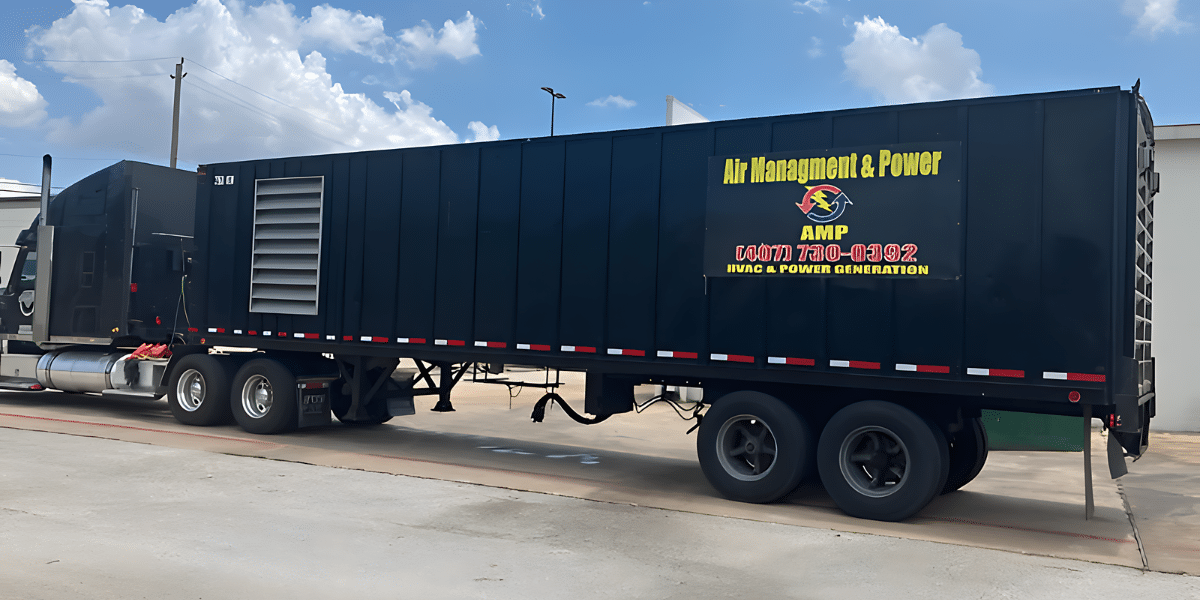Aquatic environments are diverse and include many settings, each with unique challenges and requests for safety measures. Whether it’s a quiet pool, an extensive sea, a clamoring water park, or a serene lake, understanding the specific risks of every environment is crucial for ensuring the safety and well-being of people participating in water-related activities.
Pools: Controlled Environments Requiring Diligent Supervision
Pools are often considered controlled environments because of their contained nature. However, they require persevering management and adherence to safety protocols. Lifeguard training is foremost in maintaining a protected pool environment. Lifeguards are prepared to stay watchful, continually checking the pool region for any indications of distress or possible hazards.
Rules like no making a plunge into shallow regions, no running on wet surfaces, and no pushing or harsh play assist with moderating the risk of accidents and wounds.
Even with lifeguard management, appropriate maintenance of pool equipment is essential. Regular checks and overhauling of pool siphons, channels, and synthetic levels ensure ideal water quality and safety for swimmers. Clear signage showing pool profundities, plunging regions, and emergency contact data further upgrades safety mindfulness among pool clients.
Open Water: Navigating Unpredictable Challenges
Open water environments, including lakes, rivers, and oceans, present challenges different from those of pools. These environments are often described by flighty conditions, areas of strength like shifting profundities, and expected underwater hazards. Thus, people wandering into vast water should have strong areas of strength, skills, and a careful understanding of water safety standards.
Individual buoyancy gadgets (PFDs) are crucial safety equipment for inexperienced swimmers, youngsters, or people investigating new water bodies. PFDs give buoyancy and can be lifesaving in situations where they are tested or compromised to swim abilities.
Moreover, being mindful of atmospheric conditions, water currents, and potential hazards, such as rip currents or marine life risks, upgrades safety readiness in vast water environments.
Beachfront: Managing Dynamic Conditions
Beachfronts join components of pool and untamed water environments, introducing dynamic conditions that require specific safety measures. Lifeguard stations decisively positioned along the shoreline play a fundamental role in ensuring beach safety. Lifeguards undergo broad training in water rescue techniques, CPR, and first aid, empowering them to respond swiftly to emergencies.
Beach safety banners are utilized to convey water conditions to swimmers. These banners show water profundity, solid currents, and reasonableness for swimming. Swimmers are urged to remain inside assigned swimming regions, set apart by buoys or signals, to limit risks related to wandering into hazardous waters.
Water Parks: Balancing Thrills with Safety Precautions
Water parks offer a scope of recreational activities and attractions; however, they likewise require cautious management of safety precautionary measures. Lifeguards stationed at different attractions ensure consistent oversight and swift response if there should be an occurrence of emergencies.
Lifeguard training programs center around specific challenges water park environments present, such as fast slides, wave pools, and swarmed regions.
Level and age limitations are authorized for specific rides and attractions to forestall accidents and ensure the safety of members. Clear signage with safety directions, including how to securely utilize slides or enter pools, further upgrades guest mindfulness and readiness.
Regular maintenance of water park equipment, including filtration frameworks and ride systems, is essential to forestall breakdowns and possible hazards.
Safety Equipment: Essential Tools for Emergency Response
Safety equipment is crucial in aquatic safety, giving essential devices to emergency response and rescue operations. Lifebuoys, rescue tubes, arrival at posts, and toss packs are standard equipment lifeguards use for water rescues. Mechanized Outer Defibrillators (AEDs) are critical for tending to cardiac emergencies and giving life saving medication until medical assistance arrives.
First aid packs loaded with provisions like wraps, sanitizers, and CPR veils are essential for treating minor wounds and giving immediate medical assistance. Lifeguard stations and assigned first aid regions ought to be well-equipped with these provisions to work with expeditious and viable emergency response.
The Significance of Lifeguard Training and Certification
Lifeguard training is a cornerstone of aquatic safety, equipping people with the knowledge, skills, and confidence to respond effectively to water-related emergencies. Lifeguard training programs cover a range of themes, including water rescue techniques, CPR, first aid, emergency protocols, and risk assessment. Lifeguards undergo rigorous training and regular skills assessments to ensure competence and preparation for duty.
For people keen on seeking lifeguard certification, lifeguard classes offer helpful admittance to training programs. These classes are led by certified instructors observing industry guidelines and protocols. Lifeguard certification approves a singular’s competency in lifesaving skills and fills in as a qualification for work in aquatic facilities and water-related organizations.
Collaborative Efforts for Aquatic Safety
To sum up, ensuring safety in aquatic environments requires cooperative exertion, including lifeguards, facility chiefs, water safety organizations, and the public. Implementing custom-fitted safety measures, like lifeguard oversight, adherence to safety protocols, utilization of safety equipment, and promoting lifeguard training and certification, is essential for alleviating risks and preventing water-related incidents.
By remaining informed, ready, and proactive, people can appreciate water-related activities securely and mindfully. Lifeguard associations, including the American Lifeguard Association (ALA), are crucial in promoting and maintaining safety standards across different aquatic settings. Through continuous education, training, and promotion, one can establish safer aquatic environments for everyone to appreciate.
Published By: Aize Perez






